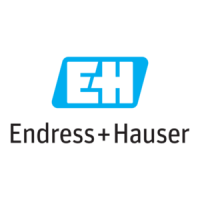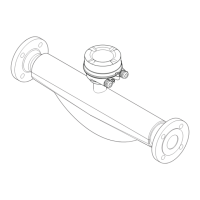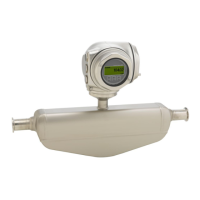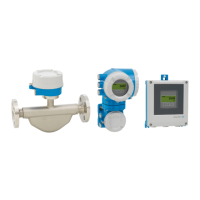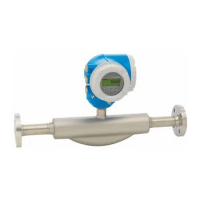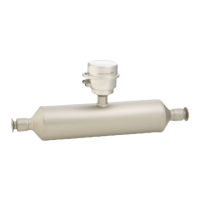What to do if Endress+Hauser Proline Promass E TB2 HART local display is dark and there is no signal output at current output (0 mA)?
- EerogersAug 3, 2025
If the local display is dark and there's no signal output, it could be due to several reasons: * The supply voltage might not match the nameplate specifications. Make sure to apply the correct supply voltage. * The supply voltage polarity could be incorrect; try reversing it. * There might be poor contact between connecting cables and terminals. Ensure the cables are correctly connected. * The terminals may not be correctly plugged into the I/O electronics module. Check the terminal connections. * The I/O electronics module could be defective and need replacement.
